VW ID.7 Review: An All-Electric Passat, Sort Of
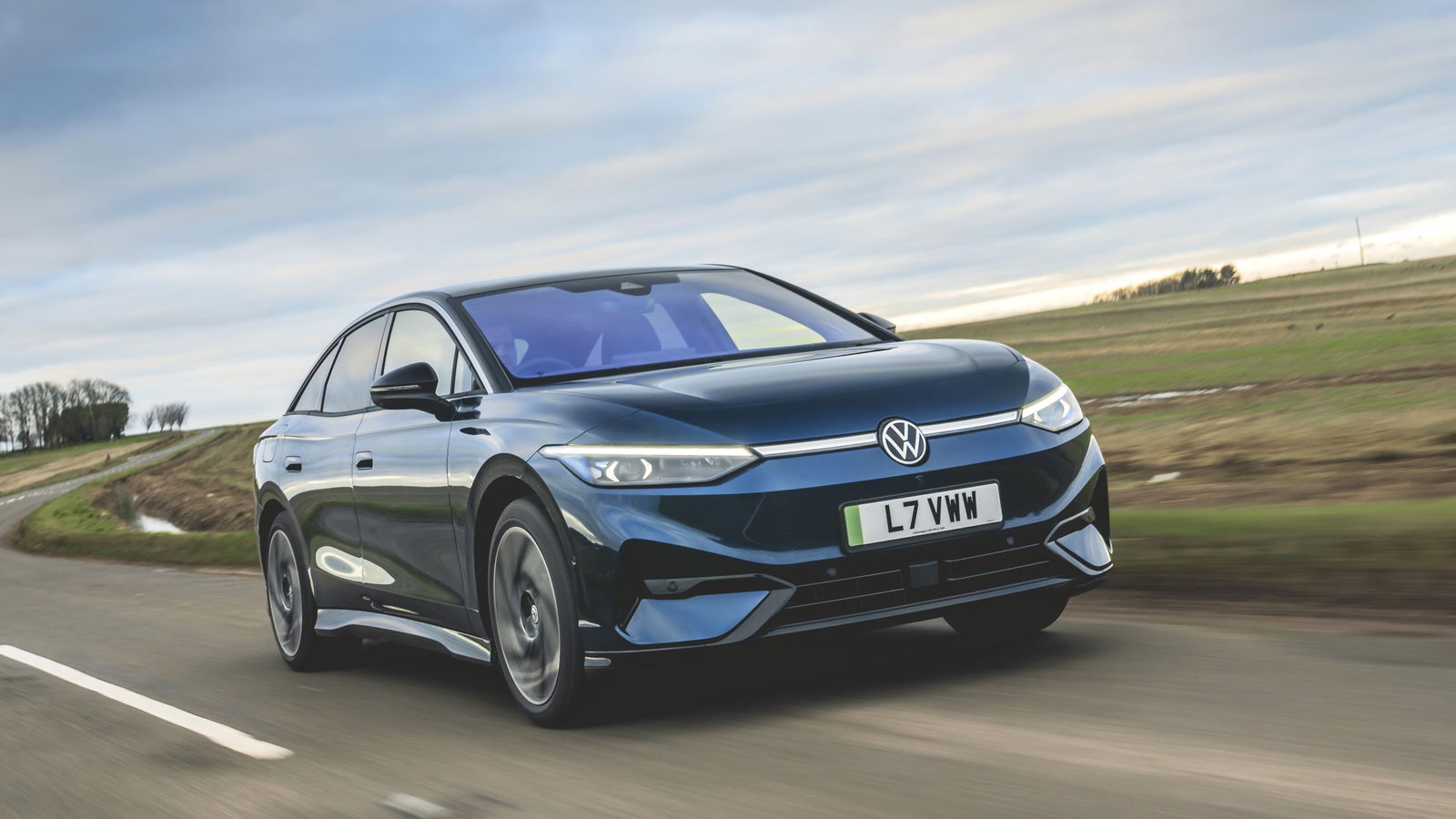
Pros
- Refined and relaxing to driveFeels more premium than previous IDs
Cons
- Needs more buttonsNot hugely exciting
The results of Volkswagen’s all-electric assault in the last few years have been a bit mixed. There have been plenty of good points from all of the cars to have emerged thus far, but the ID.3 was plagued with various software issues and - much like the Golf 8 - was littered with very un-VW examples of poor user experience choices, while the ID.4 and ID.5 were guilty of much of the same sins while charging more money for the ‘privilege’ of experiencing them.
Things, you’d hope, can only get better, and thankfully, they have. This, everyone, is the ID.7, and it’s proof that VW is starting to move in the right direction with battery-powered stuff. There’s still more work to be done, but the news is mostly good.
It’s probably the best-looking of all the ID models thus far (ID.2All and ID GTI concepts aside), and although it’s not the most exciting thing to look at, it’s not ugly either. And Volkswagens generally aren’t known for being drop-dead gorgeous, so that’s just fine.
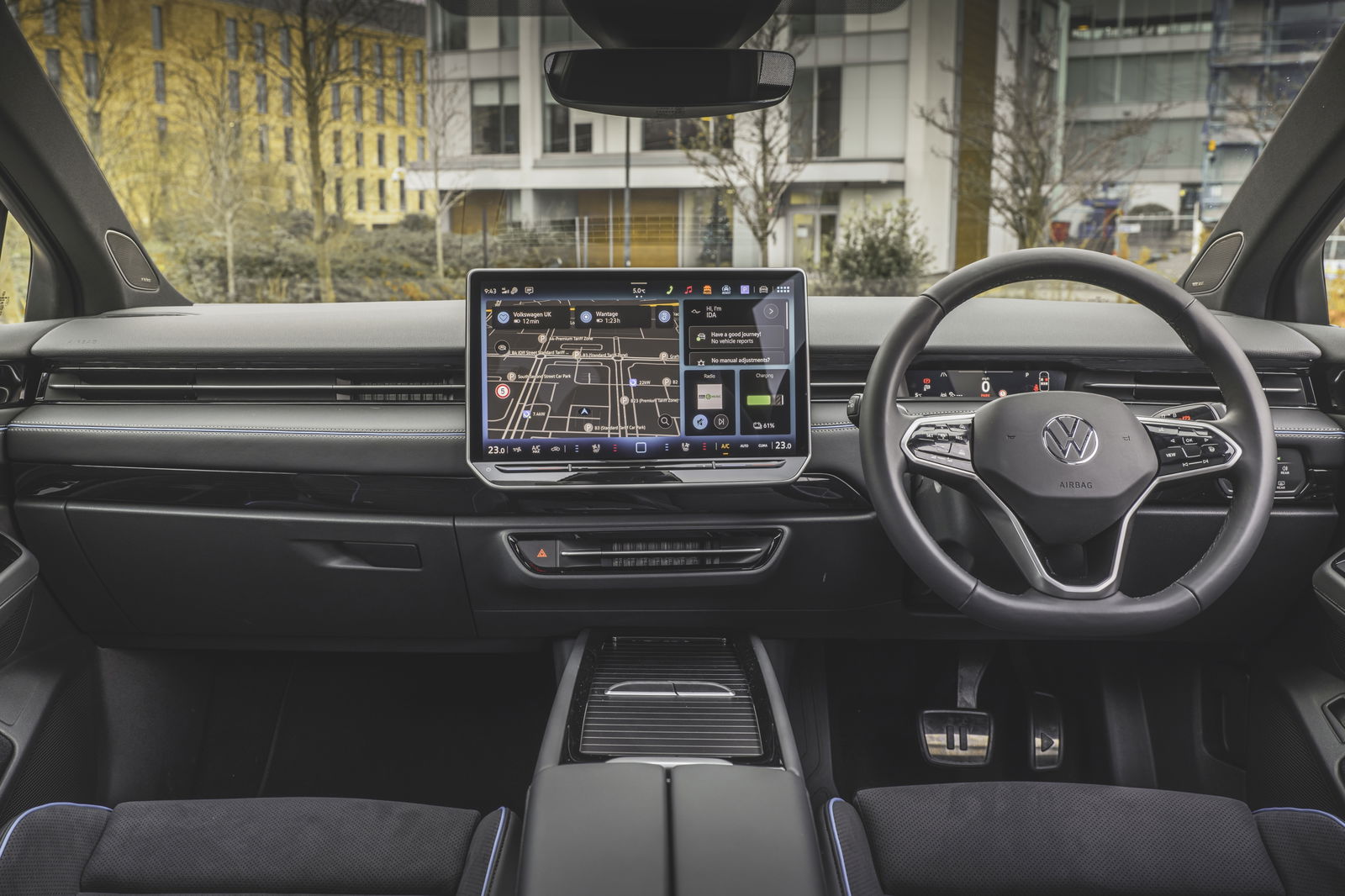
Inside, meanwhile, the build quality has clearly been taken up a notch. The ID.7’s cabin is well put together and all the materials feel premium. Those nasty inner door panels on the ID.4 and ID.5 are suddenly a distant memory. In the middle of the dashboard is a massive new 15-inch touchscreen infotainment screen, which is the clearest signal of all that VW has learned from its mistakes.
Speaking to VW HMI expert Marie Puhle at the UK launch event, we were told various changes were made to the new system based on customer feedback from earlier versions. Feedback that wasn’t entirely positive, we’d imagine. The conspicuously unlit temperature shortcut keys on the bottom of the screen bezel are now, finally, backlit. There are permanently visible controls at the top at the bottom of the screen, meanwhile - the top ones are programable, and the bottom row features further climate control shortcuts. Granted, physical buttons would be better still, but judging by the ID.2All, they are on the way.
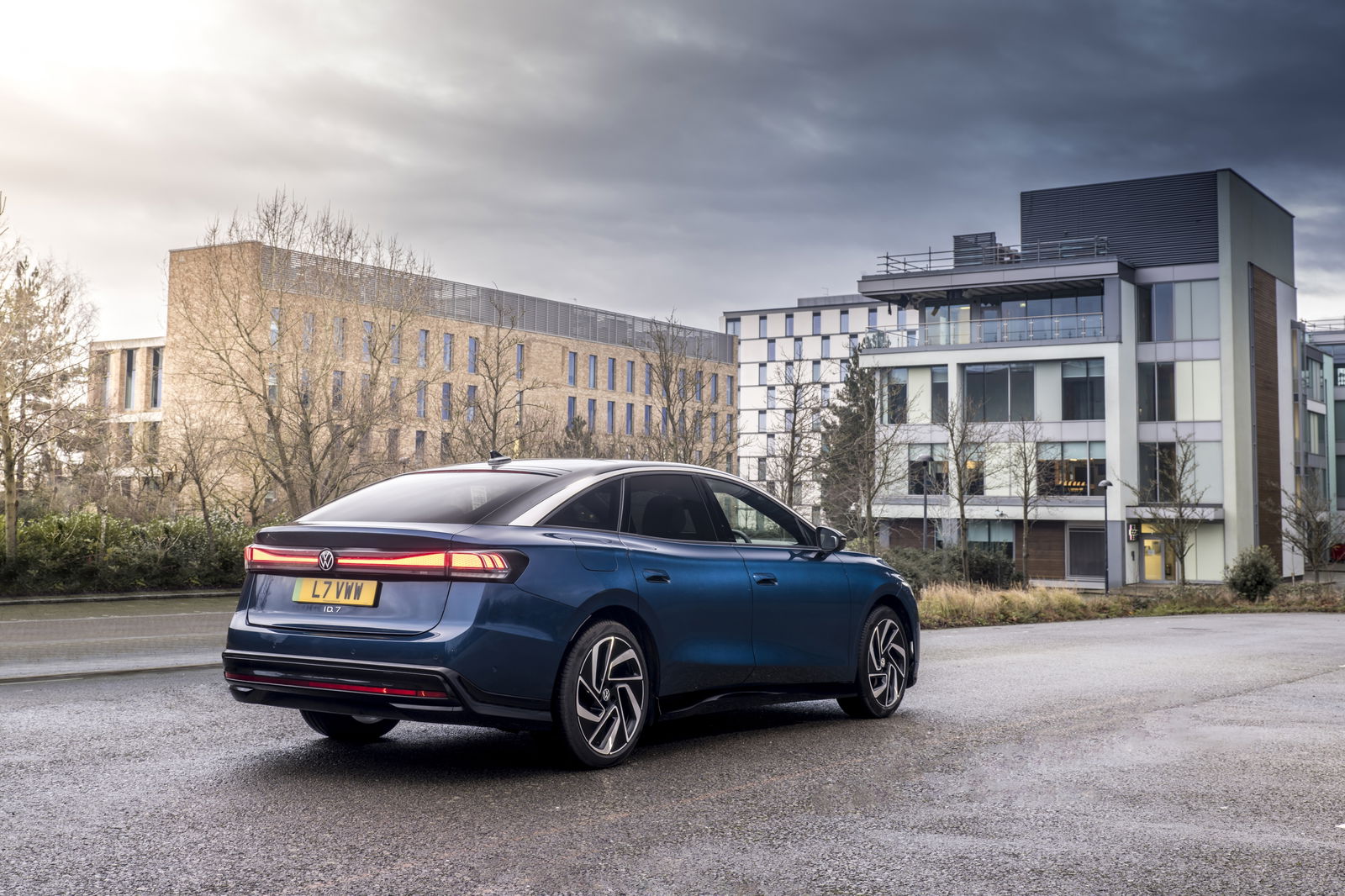
On the move, the ID.7 is quiet and refined, which is no mean feat when there isn’t an engine to drown things out. The single-motor powertrain in this one puts out 286bhp, which once would have been the kind of output tied to a VW R model, but in a heavy electric car, it makes for brisk, if not outright fast acceleration.
0-62mph comes up in 6.2 seconds, which is more than fast enough for most. As is common with EVs, although they can supply instant torque, you don’t actually get it here, with a slight delay between putting your foot down and anything happening, a gap which shortens depending on the car’s mode.
We tested a couple of versions of the ID.7 - one with the ‘DCC’ adaptive dampers, and one without. The adaptive setup is a little too harsh in its firmest setting, and when set softer, the car’s body control isn’t quite right, with the car uncomfortably wallowing over undulations in the road surface. Granted, you can play about with no less than 15 different levels of damping firmness, but will many owners really be bothered about doing that? The passive setup, while perhaps still a bit firm, gave a more rounded driving experience with better body control.
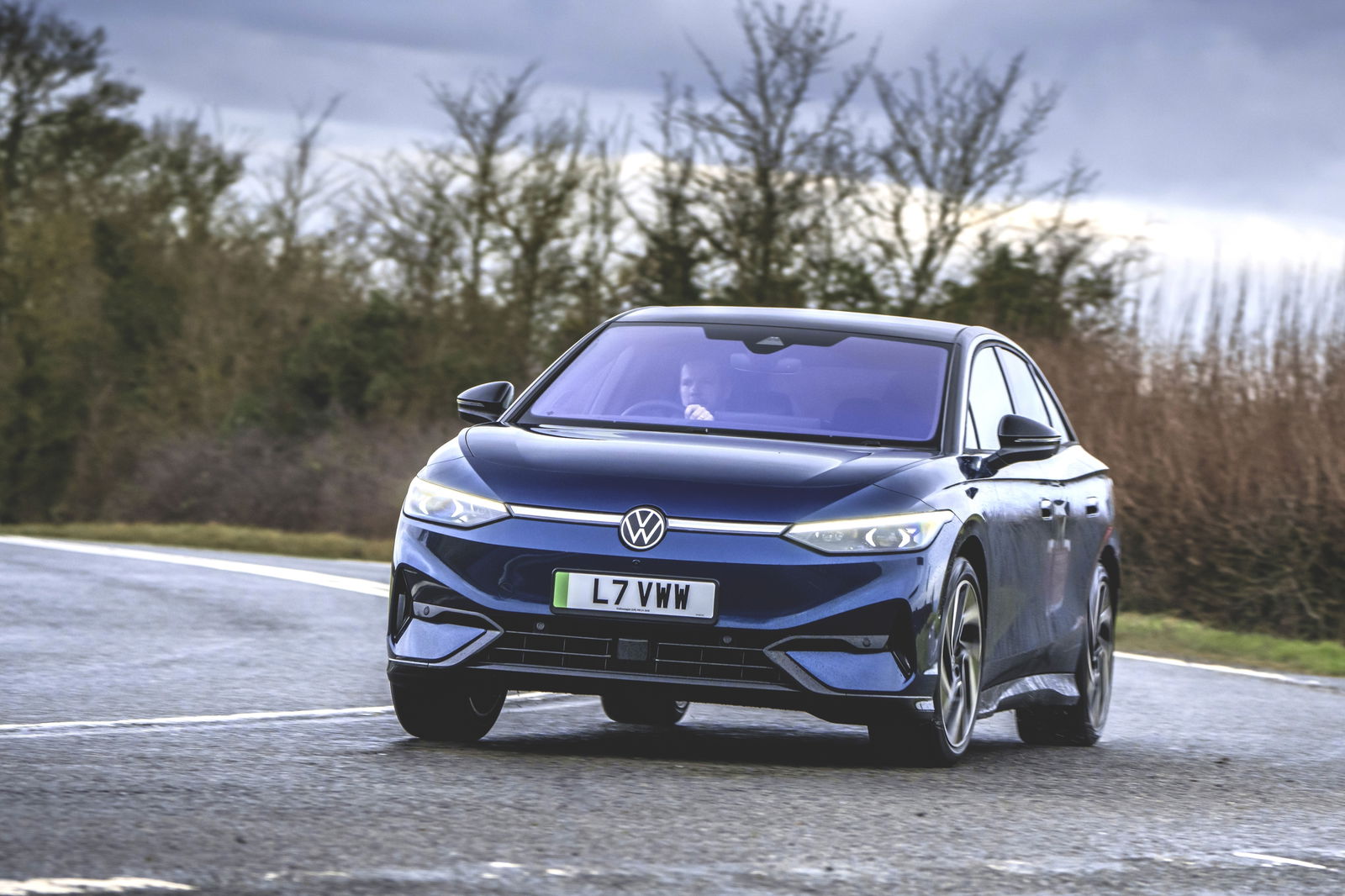
On a twisty road, the ID.7 doesn’t exactly thrill, but it’s perfectly competent, and occasionally shows its fun side, with that single, rear-mounted motor giving you the option of some throttle adjustability - at least until the traction control slaps down the fun. If there’s a way of turning it off, we weren’t able to find it.
The HMI stuff that impressed so much at a standstill is still very good on the move. The responsiveness of the touchscreen is good, and the menu layouts are all logical. It does still feel like it’s throwing a lot of information at you, though.
It’s a practical car, offering 532 litres of boot space, expanding to 1,586 litres with the rear seats folded. There’s also an abundance of rear legroom thanks to the long wheelbase (the overall length of the car is actually a little longer than that of the ID Buzz van), and we know there’s an estate ‘Variant’ on the way for those who want additional practicality.
.jpg?width=1600)
In terms of efficiency, our test car was showing above three miles per kWh, despite a mixed range of driving that included country roads with some less than sympathetic throttle inputs. That said, the near-five miles per kWh needed to extract the official 384-mile WLTP range seems like a tall order.
Once you do need to stop for a charge, the ID.7 can take in up to 170kW from a DC fast charger. That’s not slow, but also far from class-leading.
All of this leads us to wonder if this is the all-electric equivalent of a Volkswagen Passat. A worthy car that yes, won’t exactly get the pulse racing, but ticks all the right boxes. No, it’s not cheap with a starting price of £51,559, but as far as electric cars go, that’s not an outrageous amount of money. And in any case, many will get these as company cars, getting them for a very reasonable monthly outlay thanks to a two per cent benefit in kind figure.
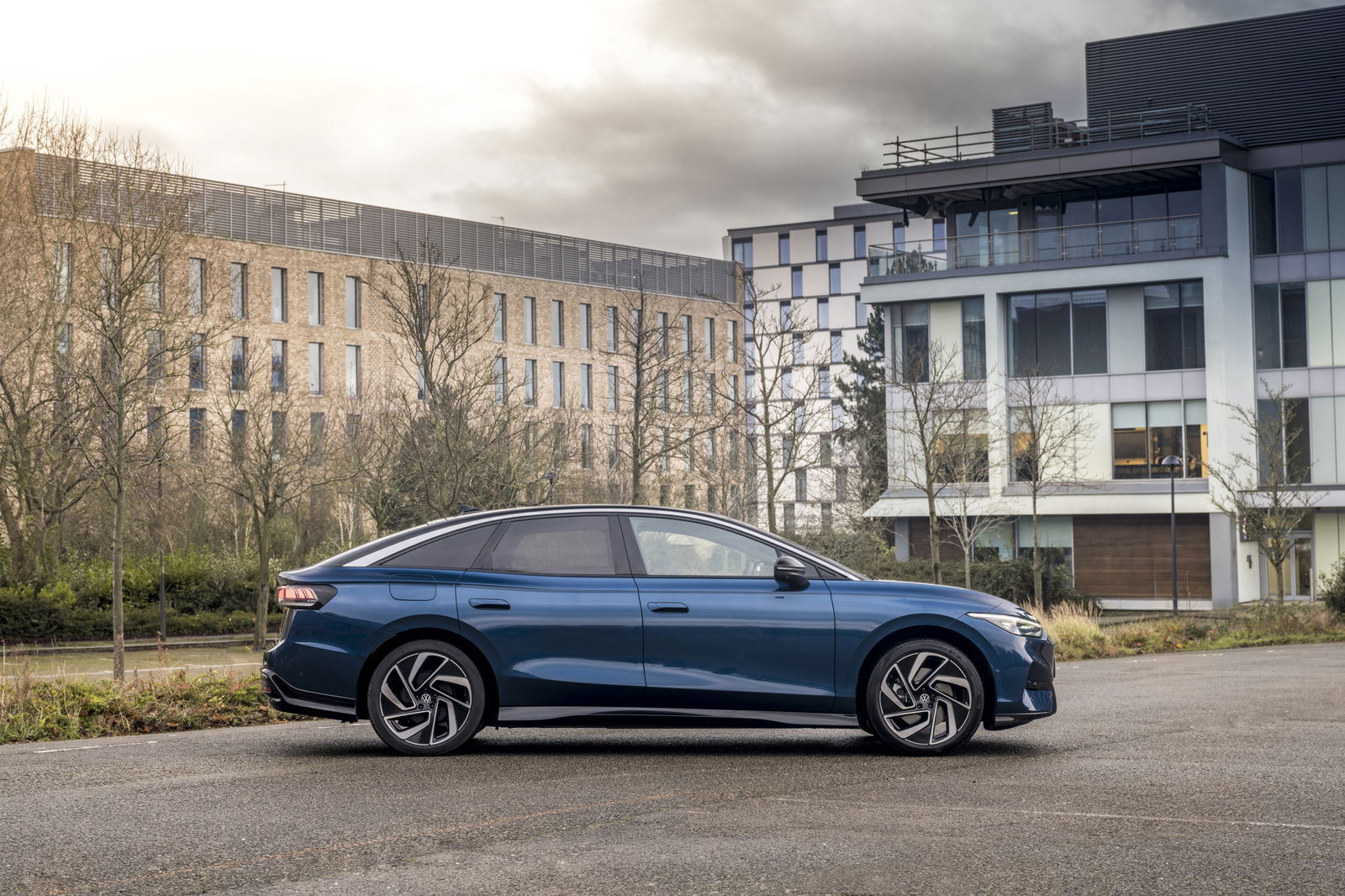
In time, the ID.7 might well become the new Passat. After all, there’s already talk of VW carrying over iconic names into the electric era, including that of the Golf. ‘Passat’ is a badge that’s been going since 1973, so it’s not inconceivable to imagine the ID.7 one day morphing into that car, even if we’ve just had a new generation of one as an internal combustion-powered vehicle. That’d be no bad thing because it hits all of the same ideals.
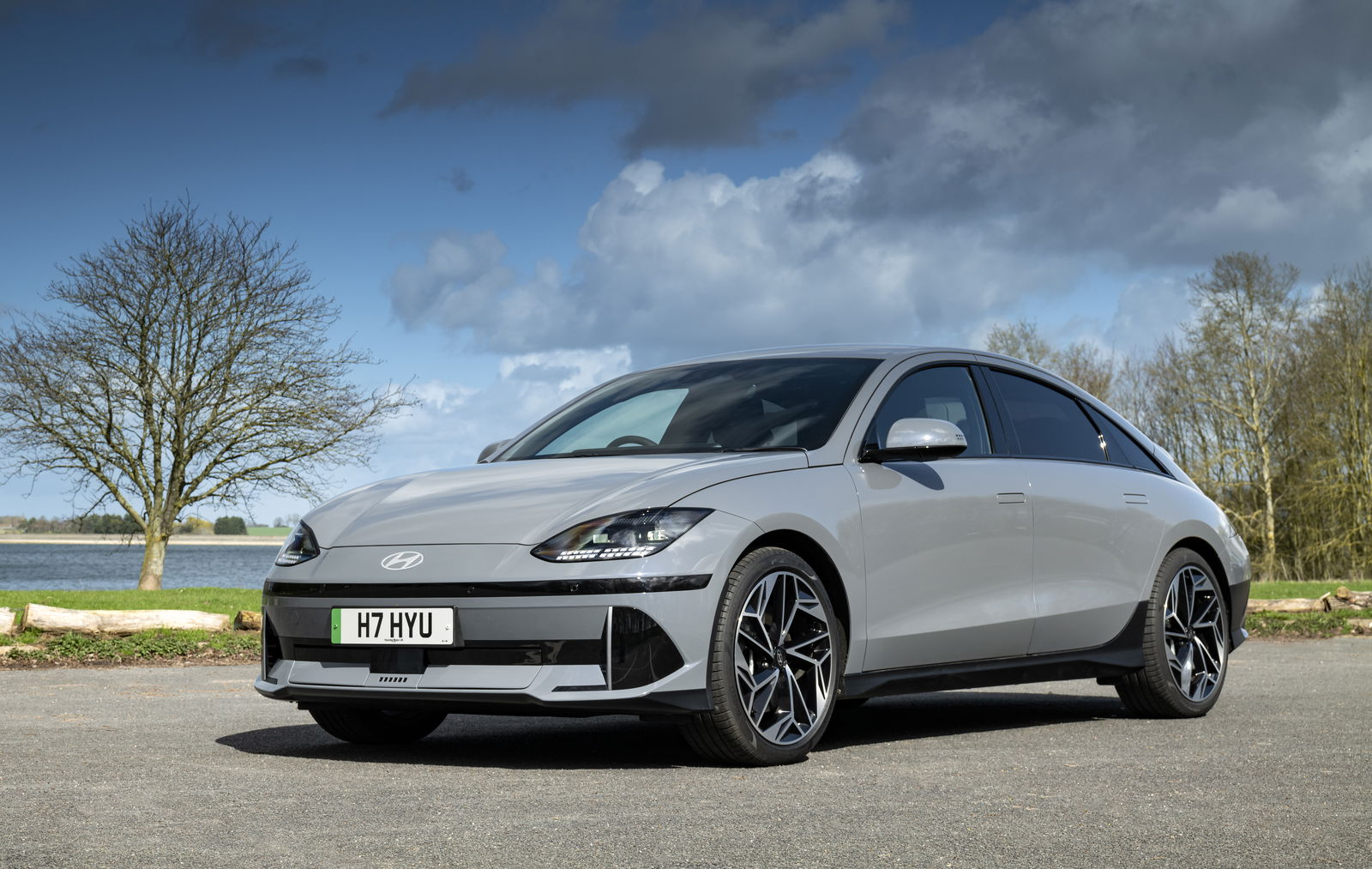
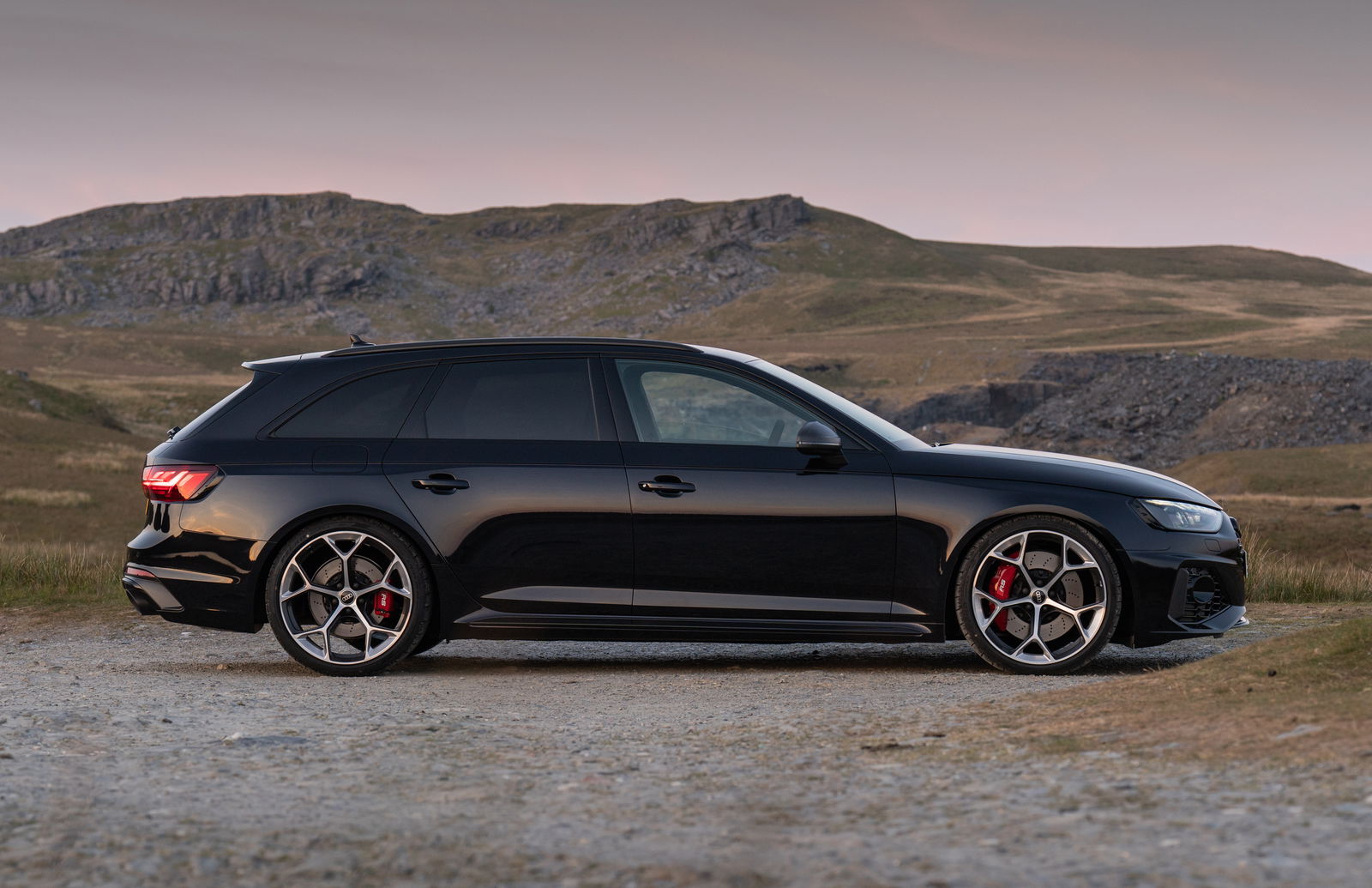

Comments